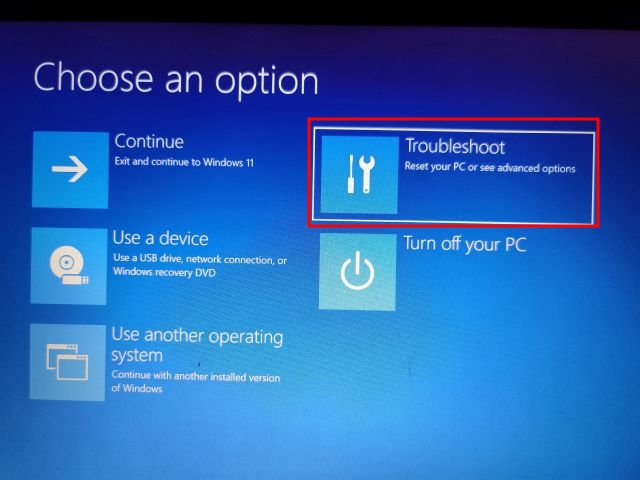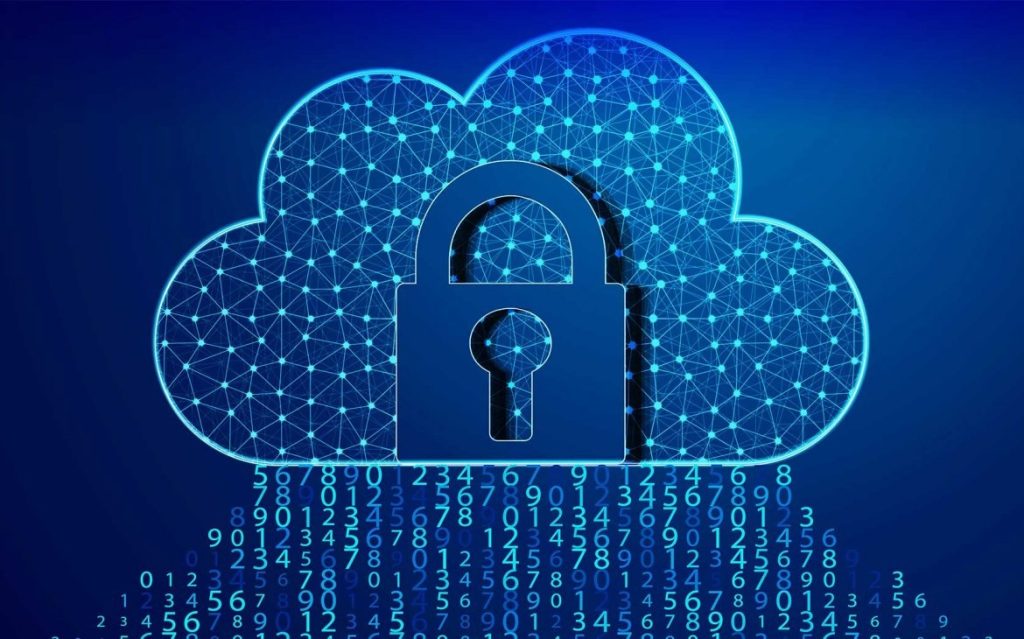Experiencing slowdowns and errors on a Windows PC can be frustrating, but with the right approach, you can resolve these issues and restore your system’s performance. Windows errors often result from outdated drivers, unnecessary startup programs, or system clutter, all of which can bog down your PC. To start fixing slowdowns, it is essential to regularly update your system. Windows provides automatic updates, but it is a good idea to manually check for updates from time to time. This ensures that your computer has the latest patches, security updates, and performance improvements. Another major contributor to sluggish performance is the accumulation of temporary files and system junk. Over time, your PC stores files that are no longer needed, such as temporary internet files, leftover installation files, and cached data. These files can take up valuable space and slow down system processes. Using Windows’ built-in Disk Cleanup tool or third-party cleaning software can effectively clear these unnecessary files.
 Additionally, Fix PC gaming issues on WindowsFixHub cleaning your registry can help eliminate errors caused by outdated or invalid registry entries, which often lead to system instability and crashes. Managing startup programs is another critical step in speeding up your PC. Many applications automatically run when you start your computer, significantly slowing down the boot time and using system resources unnecessarily. You can disable non-essential startup programs by accessing the Task Manager Ctrl+Shift+Esc, navigating to the Startup tab, and disabling programs you do not need to run on startup. This will not only make your PC boot faster but also free up system memory for more important tasks. A fragmented hard drive can also contribute to poor performance. Although modern PCs with solid-state drives SSDs do not need defragmentation, traditional hard disk drives HDDs benefit from occasional defragmenting.
Additionally, Fix PC gaming issues on WindowsFixHub cleaning your registry can help eliminate errors caused by outdated or invalid registry entries, which often lead to system instability and crashes. Managing startup programs is another critical step in speeding up your PC. Many applications automatically run when you start your computer, significantly slowing down the boot time and using system resources unnecessarily. You can disable non-essential startup programs by accessing the Task Manager Ctrl+Shift+Esc, navigating to the Startup tab, and disabling programs you do not need to run on startup. This will not only make your PC boot faster but also free up system memory for more important tasks. A fragmented hard drive can also contribute to poor performance. Although modern PCs with solid-state drives SSDs do not need defragmentation, traditional hard disk drives HDDs benefit from occasional defragmenting.
The Windows Defragment and Optimize Drives tool can be used to organize your files, making data retrieval faster and improving overall performance. In addition to addressing software-related issues, hardware upgrades can also make a significant difference in performance. Adding more RAM or upgrading to an SSD can drastically reduce load times and improve multitasking capabilities. If your PC’s hardware is outdated, even after software optimization, these upgrades can breathe new life into your system. Lastly, always be on the lookout for malware and viruses, which can wreak havoc on your PC’s speed and stability. Regularly running a trusted antivirus program can help identify and remove malicious software, further improving your computer’s performance. With a combination of these steps, you can resolve Windows errors and experience a faster, more reliable PC.
In today’s rapidly evolving digital landscape, businesses are increasingly dependent on cloud computing to enhance their operations and enable scalability. However, with this shift comes a heightened need for secure, dependable, and resilient cloud architecture to protect critical operations. A robust cloud infrastructure should prioritize security, availability, and fault tolerance to ensure that the business can operate smoothly and efficiently, even in the face of unforeseen challenges. Security is a paramount concern in cloud architecture, as businesses store sensitive data and applications on cloud platforms that are often accessed over the internet. Secure cloud architecture begins with implementing strong authentication methods, such as multi-factor authentication MFA, and encryption protocols to protect data both in transit and at rest. Firewalls, intrusion detection systems, and continuous monitoring must be integrated to detect and respond to potential threats in real time. Furthermore, securing access through role-based access control RBAC helps ensure that only authorized personnel can interact with sensitive data and critical systems.

By proactively addressing security vulnerabilities, organizations can mitigate the risks of cyberattacks, data breaches, and unauthorized access. Dependability is another crucial aspect of cloud architecture. Businesses rely on cloud services for their day-to-day operations, making it essential that the infrastructure is highly available and functions without interruptions. To achieve this, cloud platforms must be built with redundancy and failover mechanisms in mind. Using a multi-region or multi-availability zone approach ensures that if one region or data center experiences an outage, the system can failover to another, minimizing downtime. Load balancing across multiple servers helps distribute the traffic evenly, preventing system overloads and ensuring that users experience smooth, uninterrupted service. By prioritizing dependability, cloud architectures can provide the necessary uptime and performance levels that businesses demand. Resilience is the ability of a cloud infrastructure to recover from disruptions and continue providing services without significant performance degradation.
Building resilience into cloud architecture requires the implementation of disaster recovery and business continuity plans. This includes automated backup systems, replicated data across multiple regions, and the ability to quickly restore critical services in the event of a failure. Cloud services should also be designed to scale dynamically, adapting to changes in demand without causing strain on the system. By ensuring that the architecture is both fault-tolerant and scalable, businesses can maintain continuous operations during times of crisis or high demand. In conclusion, secure, dependable, and resilient cloud architecture is critical for businesses looking to protect their critical operations. By focusing on strong Robust Cloud Security protocols, ensuring high availability and performance, and building systems that can quickly recover from disruptions, organizations can create a cloud infrastructure that supports their long-term success. As businesses increasingly rely on cloud technologies to power their operations, it is essential to build a foundation that can withstand the challenges of the digital age while maintaining the integrity of their core functions.
As we connect to various online services, it is crucial to ensure that our personal information, communications, and browsing activities remain private and protected from prying eyes. One solution to this growing concern is the use of encrypted tunnels, which allow users to navigate the internet without fear of being tracked, monitored, or hacked. These encrypted tunnels work by masking the user’s online activity and encrypting all the data transferred over the internet, making it nearly impossible for anyone, including cybercriminals and governments, to access or manipulate the information. The concept behind secure encrypted tunnels is simple but highly effective. When you connect to the internet using an encrypted tunnel, your data is sent through a secure pathway that is shielded from external threats. This tunnel essentially acts as a private passage between you and your destination online, protecting your data from the risks of surveillance, hacking, or interception. By encrypting the data before it leaves your device, it becomes unreadable to anyone who might try to steal it during its journey through the web.
One of the key benefits of using these encrypted tunnels is the enhanced privacy they provide. In an age where personal data is constantly being harvested and sold, the ability to navigate the internet without fear of surveillance is more important than ever. Whether you are browsing social media, shopping online, or even just reading the news, you can rest assured that your activities are shielded from third-party tracking systems. Additionally, encrypted tunnels can also bypass geo-restrictions, enabling you to access content that might otherwise be blocked in your location. Security is another major advantage. With cybercrime becoming more sophisticated, securing sensitive data is essential for protecting yourself from identity theft, financial fraud, and other malicious activities. Nexus link encrypted tunnels provide a strong defense against hackers by ensuring that your data is unreadable even if it is intercepted. This is particularly important for individuals who rely on public Wi-Fi networks, which are notorious for their vulnerabilities.
By using encrypted tunnels, you can safely use Wi-Fi networks without worrying about hackers snooping on your activities. Another often overlooked benefit of encrypted tunnels is their ability to prevent censorship. In some countries, governments impose strict controls on internet access, limiting the websites and services their citizens can access. Encrypted tunnels enable users to bypass such restrictions, allowing them to freely access information and communicate with others without fear of censorship or government surveillance. In conclusion, the use of encrypted tunnels is an essential tool for anyone looking to navigate the internet securely and privately. By providing robust protection against cybercriminals, government surveillance, and censorship, these secure tunnels offer peace of mind and the freedom to explore the online world without fear. Whether for personal use or professional purposes, ensuring your online activities are protected has never been more important.